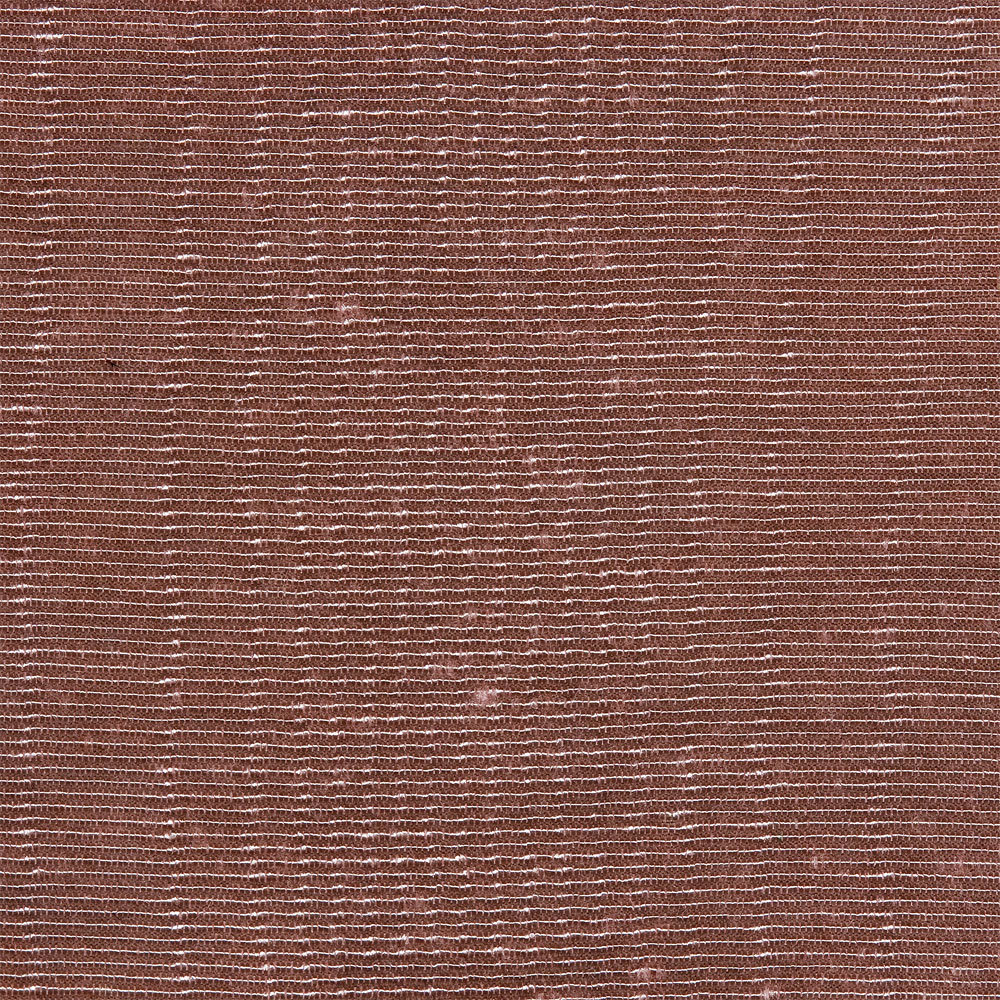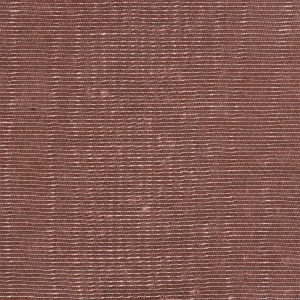Looking like a woodgrain pattern, or a watermark in paper, moiré is a French word meaning “watered.” It can be achieved in a variety of ways, including engraved rollers, weaving, and printing. Most characteristically, moiré uses a horizontally ribbed fabric—most often taffeta or faille—and the design is pressed into the fabric and chemically set for durability. Without this setting treatment, moisture can destroy the pattern.
The present meaning of moiré was first used in the 18th century when it was achieved by folding a horizontally ribbed fabric lengthwise and pressing. The ribs that didn’t align were flattened, resulting in the characteristic pattern on both sides of the fold. This is now called moiré antique.
Moiré is a pattern, not a fabric, but in its most characteristic form it is achieved on silk, acetate, rayon, nylon or polyester taffeta or faille. It is sometimes called watered silk.
Uses: Dresses, trims, household decorations

